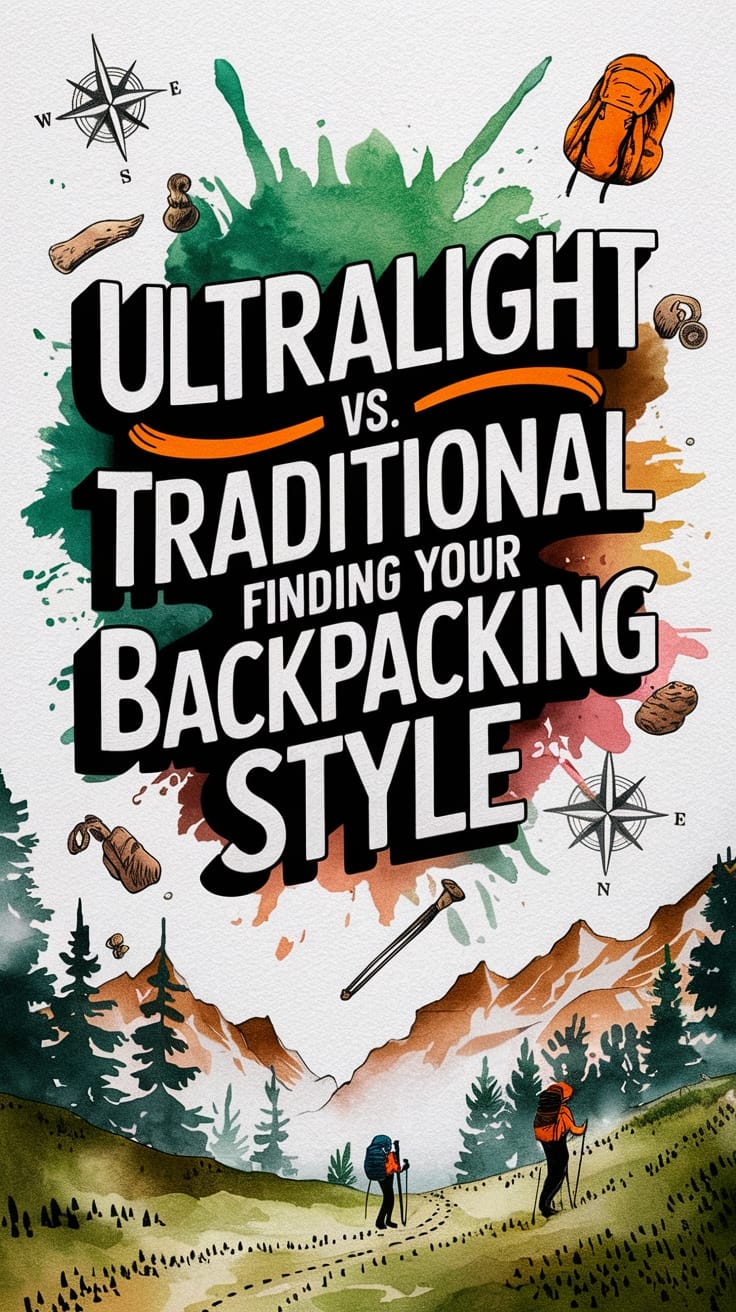You're standing at a crossroads in your backpacking journey, where every ounce and every choice matters more than you might think. As you weigh the merits of ultralight versus traditional backpacking, you'll find it's not only about shedding weight—it's more about reshaping your entire approach to the trail and backcountry.
Whether you're drawn to the minimalist efficiency of ultralight gear or the time-tested reliability of traditional equipment, your decision will impact everything from your hiking speed to your trail comfort. Let's explore how these two distinct philosophies can transform your outdoor experience and help you discover which path truly calls to you.
Trail-Tested Truths
- Ultralight backpacking (<10 lbs base weight) enables faster hiking and longer distances, while traditional backpacking (20-30 lbs) prioritizes comfort and durability.
- Reducing pack weight by 5 pounds can increase daily hiking distance by 2-3 miles, making ultralight ideal for long-distance treks.
- Lighter packs reduce physical strain on joints and improve agility, particularly benefiting older hikers or those with existing mobility issues.
Trail-Tested: UL vs Traditional on Long-Distance Hikes

When it comes to backpacking, two distinct philosophies shape how hikers approach their outdoor adventures: ultralight and traditional backpacking. Both approaches represent fundamentally different mindsets about what you'll carry on the trail and how you'll experience nature.
UL philosophy emphasizes efficiency through multipurpose and lightweight gear choices, like swapping traditional freestanding tents for trekking pole tents and sleeping bags for down quilts.
The UL community has seen explosive growth, expanding a small experienced subset to many from all walks of life. Choosing lighter gear options improves hiking efficiency while reducing strain on your joints and muscles.
You're not just reducing weight; you're adopting a "less is more" mentality that can help you move faster and travel farther while reducing physical strain.
Traditional backpacking, in contrast, prioritizes thorough preparation and comfort, typically involving higher base weights between 20-30+ pounds. You'll carry more durable gear and additional comfort items, focusing on reliability rather than weight savings.
This geenrally causes slower movement but you'll have the security of extra supplies and the comfort of familiar, time-tested equipment.
This approach often appeals to beginners who aren't ready to spend loads of money or sacrifice comfort for speed and prefer the peace of mind that comes with having more gear options.
The Triple Crown Effect: How Pack Weight Shapes Your Miles

When you're moving along the trail with a heavy pack, every extra pound feels like it's working against you, making simple tasks like crossing streams or climbing over logs surprisingly challenging.
Base weight alone can range from 25+ pounds for traditional setups to sub-10 pounds for the most ultralight kits.
For beginners especially, starting with lightweight gear options rather than jumping straight to ultralight equipment can help build confidence and skills on the trail.
You'll notice that a lighter pack weight directly correlates with your ability to cover more ground, as research shows that reducing your pack weight by just 5 pounds can help you hike an additional 2-3 miles per day while using the same amount of energy.
Trail Physics: How Pack Weight Affects Thru-Hiking Success
The weight you carry out on the trail will directly impact every aspect of your hiking experience. When you have a heavy pack, you'll get increased strain on your shoulders, hips, and knees, which leads to faster fatigue as well as reduced mobility on challenging terrain.
By lightening this you'll find yourself moving more freely and responding more quickly to obstacles or sudden weather changes. Your movement efficiency drastically improves when you're carrying less weight, especially when it comes to maintaining balance on uneven surfaces.
Most thruhikers and backpackers find that keeping their total pack weight under 25-30 pounds including food and water leads to optimal hiking performance.
You'll learn that a properly packed setup, with heavier items positioned close to your back, allows you to navigate technical sections with greater confidence and agility.
A balanced weight distribution isn't just about comfort - it's about preventing injuries that could cut your adventure short.
When carrying a lighter pack, you're less likely to develop blisters due to altered walking patterns or sprains from compromised stability. Simple things such as your footwear become more critical, as lighter trail runners can considerably reduce the energy expended with each step versus to traditional hiking boots.
The 2-for-5 Rule: Less Weight, More Trail Miles
Reducing pack weight directly translates to increased trail mileage and improved hiking efficiency. When you're carrying a ultralight or just lightweight load, you'll experience less fatigue and maintain better hiking speeds, allowing you to cover more ground each day.
A minimalist, ultralight approach to packing helps streamline your entire hiking experience by eliminating unnecessary items. You'll notice that ultralight backpacking transforms your trail experience in measurable ways.
With a lighter pack, you're able to maintain consistent hiking speeds without the gradual slowdown that often comes with traditional heavy loads. Your joints and muscles will thank you, as the reduced strain means less risk of injury and better endurance during your trek.
Modern cottage gear companies have revolutionized the industry by creating innovative ultralight gear that prioritizes both comfort and weight reduction.
The benefits to ultralight gear are especially noticeable for older hikers or those managing joint sensitivities.
Additionally, you'll find that carrying less weight improves your balance and agility on challenging terrain. This enhanced stability, combined with the energy savings from a lighter load, means you can focus more on enjoying the surrounding wilderness.
Thru-Hiker's Arsenal: Essential Gear Transformations
Major differences in backpacking gear can make or break your trail experience, especially when comparing ultralight and traditional styles.
While traditional packs feature sturdy materials, padded straps, and internal frames to handle heavy loads, ultralight gear incorporates materials like dyneema and titanium to achieve significant weight reduction, often shaving off 4+ pounds from your kit.
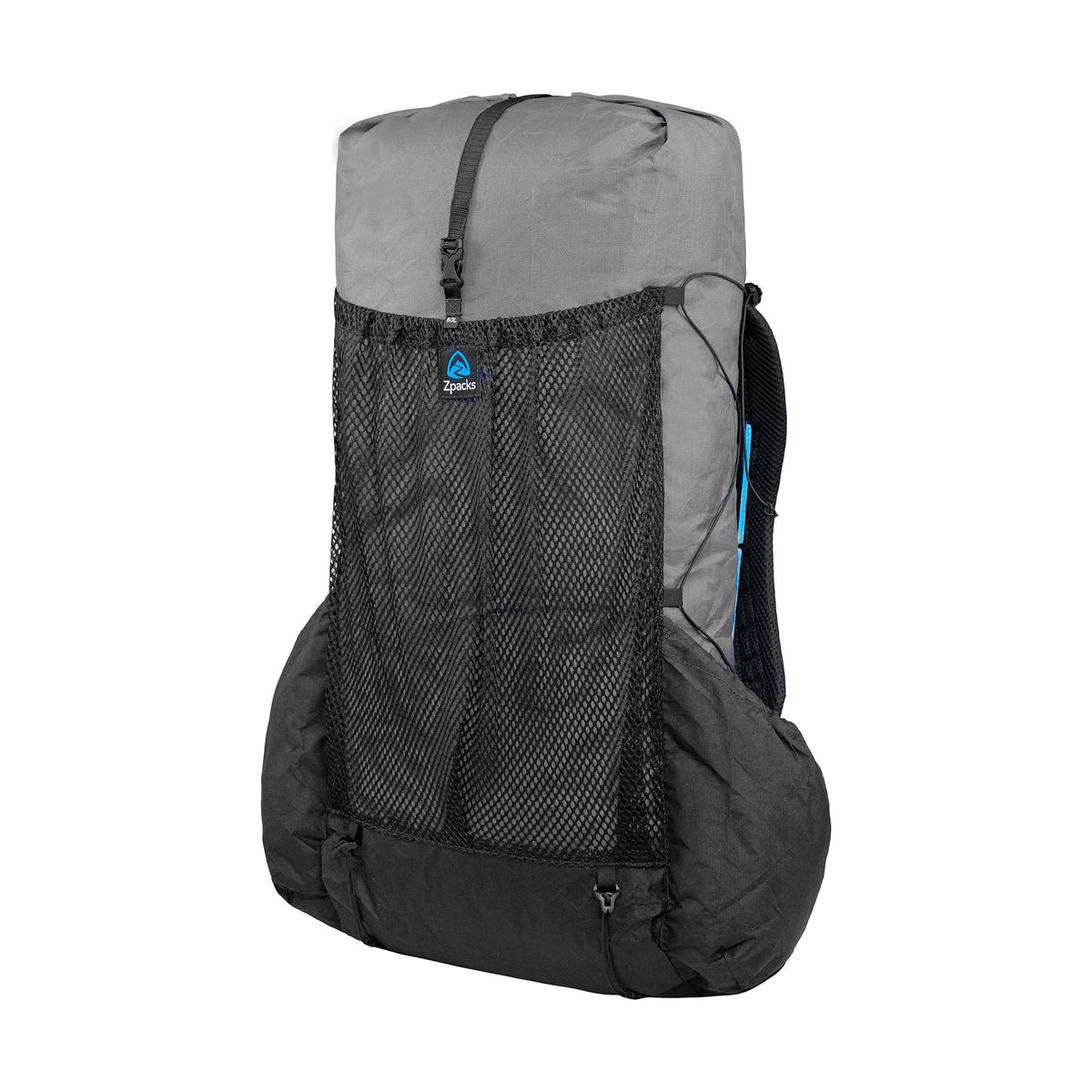
You'll notice stark differences in organization and comfort features between the two styles. Traditional packs offer multiple compartments, load lifters, and cushy waist belts, making them ideal if you're carrying heavier loads or need organized storage.
Many will feature mesh back panels provide essential ventilation for enhanced hiking comfort. The higher cost of specialized ultralight equipment means you'll likely spend over $200 on quality sleeping gear alone.
Conversely, ultralight packs strip away these conveniences, typically providing just one main compartment and minimalist straps to achieve that coveted sub-10-pound base weight.
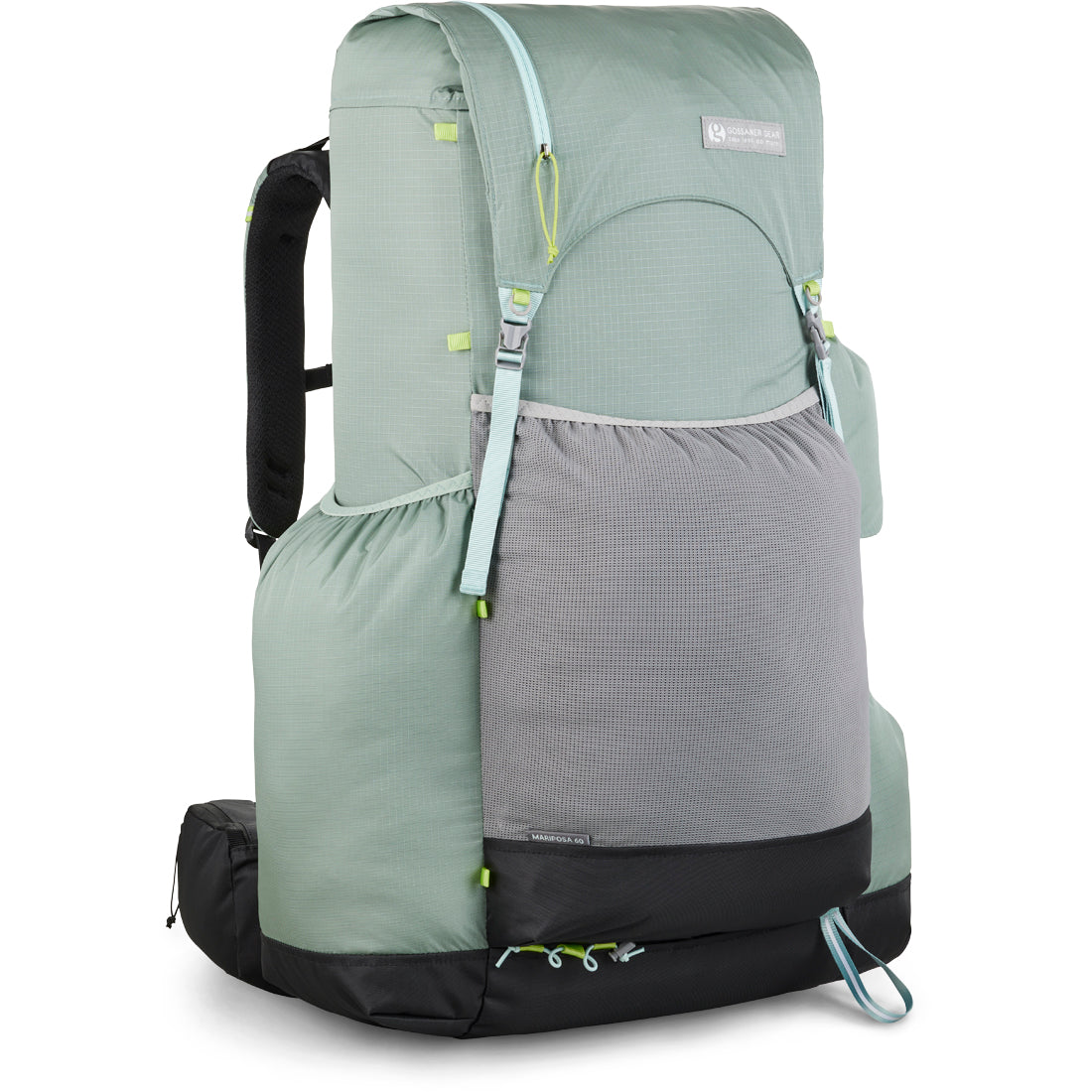
When it comes to durability, you're trading long-term resilience for mobility - ultralight materials don't tend to stand up to abuse like traditional gear, but they'll help you cover more ground with less fatigue.
Investment Strategy: Building Your Thru-Hiking Kit
Breaking down backpacking costs reveals surprising similarities between ultralight and traditional gear investments. While you might expect ultralight gear to carry a premium price tag, you'll find that high-end traditional gear like the Osprey Atmos AG 65 often costs just as much as its lightweight counterparts.
In fact, with some sales and time searching you can assemble a fairly complete ultralight setup for under $1000, which is comparable to traditional gear costs.
You'll discover significant savings by exploring lesser-known brands and cottage companies, where quality ultralight options come at lower costs than expected.
When you're planning your gear budget, keep in mind that the initial investment of $300-1000 is just the beginning. You'll need to factor in yearly expenses around $500 for replacements and consumables.
To maximize your investment, consider buying used gear, taking advantage of sales, and focusing on essential items over unnecessary accessories.
The backpacking community's gear-sharing culture can also help offset costs while building valuable connections.
The UL Transition: Your Path to Faster Trail Miles
Changing to ultralight backpacking demands both a gear overhaul and a shift in mindset.
You'll need to carefully assess every piece of equipment, swapping traditional gear for lighter alternatives. Grabbing gear like the Zpacks Arc Haul Ultra 60L backpack, down quilts like the Katabatic Flex 22, and minimalist shelters like a Zpacks Duplex that can slash your base weight by 50% or more.
When you're making the change, start by identifying your heaviest items first.
Think about replacing your conventional tent with a 1-2 pound ultralight shelter, and trade your heavy sleeping bag for a premium down option that weighs around 20 ounces.
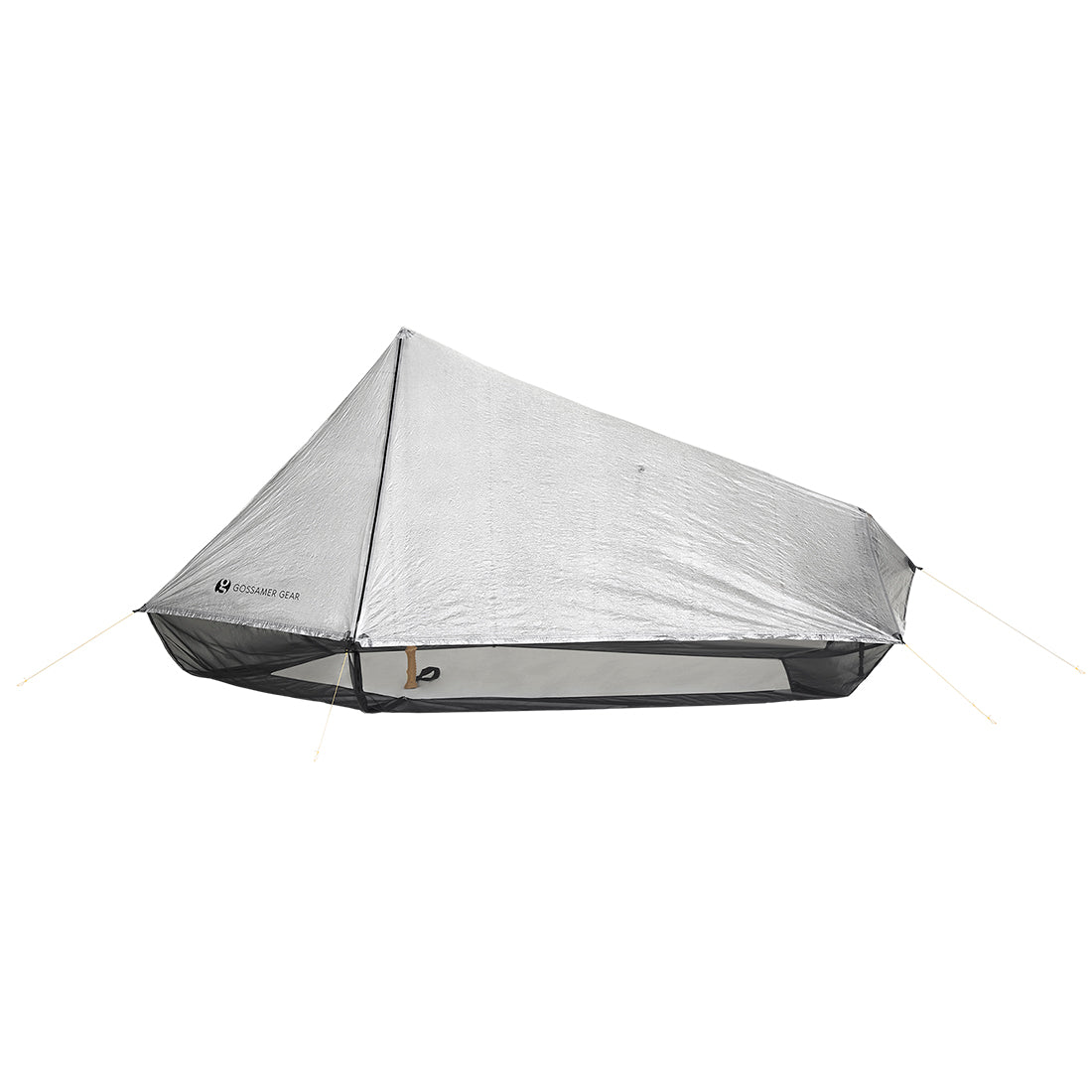
Your pack itself should drop from 4-5 pounds to under 2 pounds, which you'll achieve by selecting a frameless design like the ULA CDT in Ultra.
The shift isn't just about buying lighter gear - it's about embracing efficiency and simplicity on the trail. You'll learn to select multi-purpose items, eliminate redundant equipment, and pack with precision.
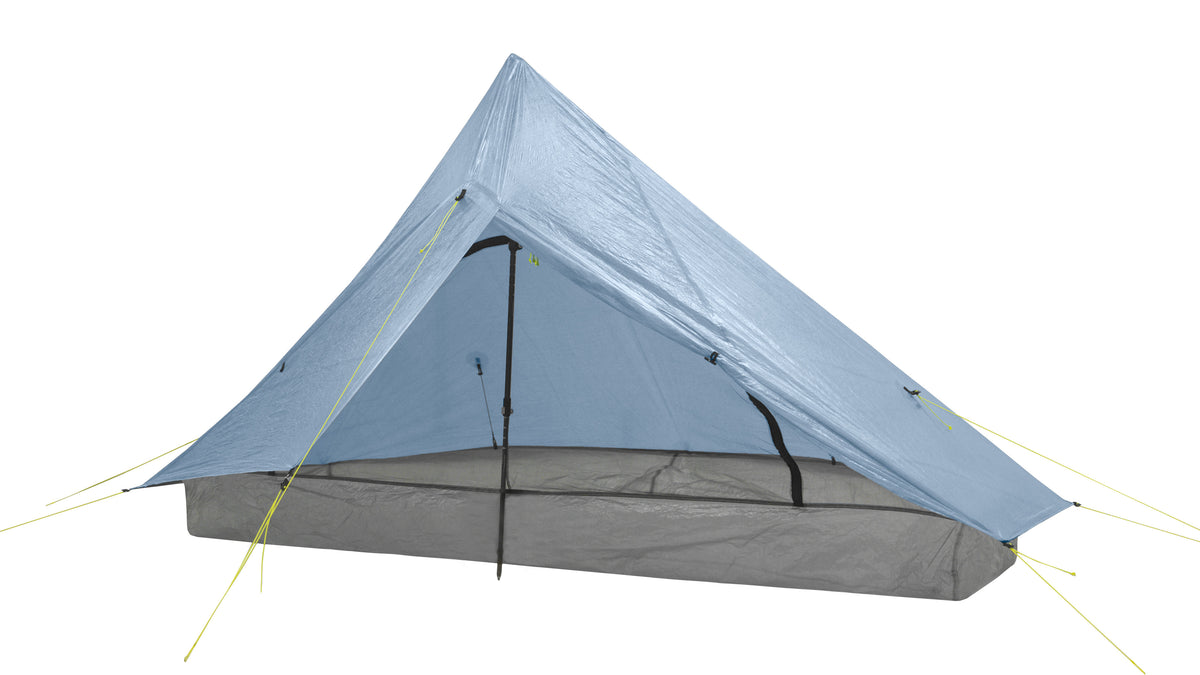
Your newfound agility and reduced fatigue will transform your hiking experience, allowing you to cover more ground while feeling stronger and more connected to the outdoors.
